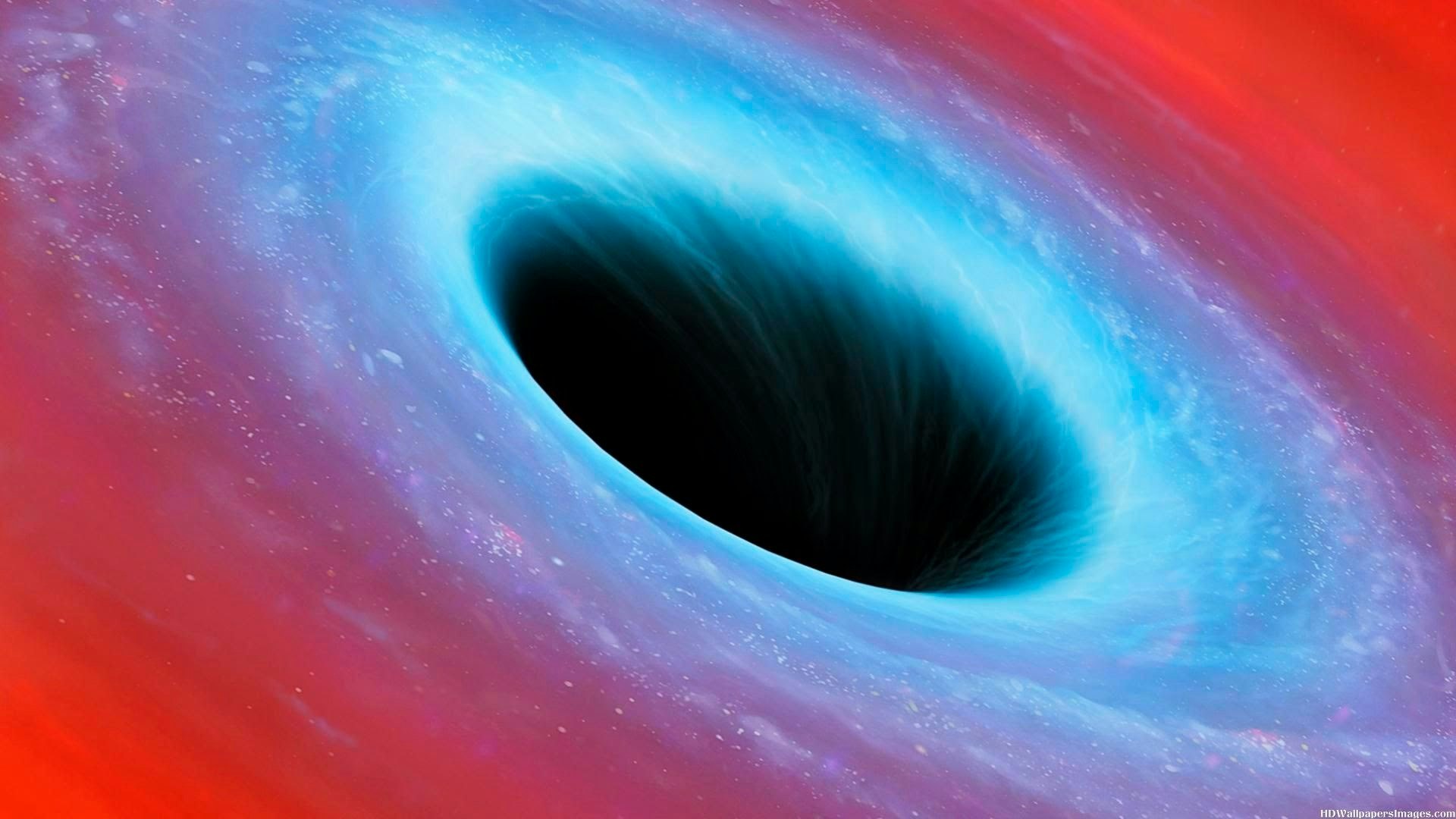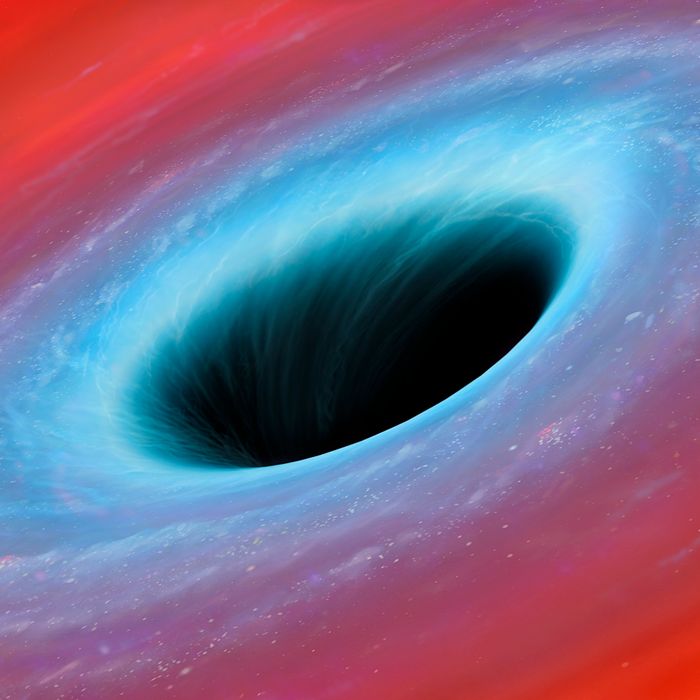
Black holes are so massive their gravity distorts and bends the light from distant galaxies. We can also find black holes using something called gravitational lensing. This light is far enough away from the black hole to escape so that we can see the activity. As material swirls around the black hole it crashes into each other, producing heat and light. Gas, dust and other stars close to a black hole can be sucked in by gravity - a bit like water going down a plughole. The gravity of a black hole is strong enough to pulls on the stars and material far around it. Fortunately, when matter falls into a black hole, it. However, it is possible to see the effects of a black hole. Left: The black hole feeds on a swirling disc of glowing plasma, driving a powerful relativistic jet across several thousands of light years. Black holes are difficult to observe directly, since no light can escape from within the event horizon.


Beyond a certain region, not even light can escape the powerful tug of a. (astronomy) A gravitationally domineering celestial body with an event horizon from. Black holes are points in space that are so dense they create deep gravity sinks. The distance at which light cannot escape from a black hole is known as its event horizon. In 2019, astronomers got the first image of the event horizon of a black-hole of a black hole in the centre of Messier 87. A place of punitive confinement a lockup or cell a military guardroom. We also can't study them using radio waves or microwaves because these are also types of light. This is why we cannot see into a black hole - because they do not reflect or emit light. These ripples in space-time were caused by two black holes colliding and shaking the Universe.Ĭlose to a black hole, its gravity is so strong that nothing can get away, not even light. We think that most large galaxies have a super-massive black hole in their centres. In 2015, scientists first detected gravitational waves. Over time, super-massive black holes can develop. Once a black hole has formed, it grows by pulling in gas, dust, stars, and even other black holes around it. These take place when very massive stars come to the end of their lives.Īfter the supernova, anything left of the star is squashed and compacted into an incredibly small, dense object. They are made during supernova explosions. Bottom right: Approaching the black hole, gravity is so strong that light is severely bent, creating a bright (almost circular) ring. Take a ten question quiz about this page.The Black Hole at the centre of Messier 87īlack holes are very strange objects. The Black Hole (1979) cast and crew credits, including actors, actresses, directors, writers and more. Left: The black hole feeds on a swirling disc of glowing plasma, driving a powerful relativistic jet across several thousands of light years. The big ones are located at the centers of large galaxies. The black holes we know about tend to fit into two size categories: "stellar" size are around the mass of one star while "supermassive" are the mass of several millions of stars.

Other than that, they are all very similar.



 0 kommentar(er)
0 kommentar(er)
